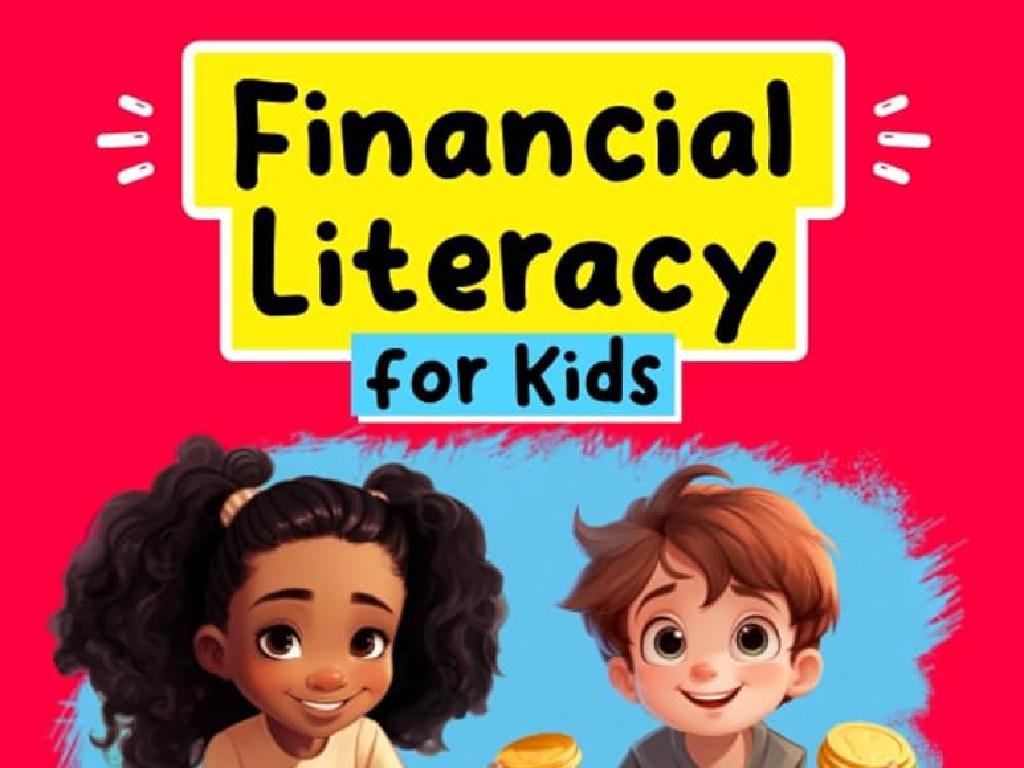The Constitution: Amendments
Subject: Social studies
Grade: Seventh grade
Topic: The Constitution
Please LOG IN to download the presentation. Access is available to registered users only.
View More Content
Introduction to the Constitution
– The Constitution: Our laws’ foundation
– What exactly is the Constitution?
– The supreme law of the United States, outlining government structure and rights.
– The Constitution’s significance
– It shapes our government and guarantees our freedoms.
– Impact on daily life and rights
– It affects our everyday life, ensuring rights like freedom of speech and religion.
|
This slide introduces students to the United States Constitution, which is the bedrock of all laws and governance in the country. It’s crucial for students to understand that the Constitution is more than just a historical document; it’s a living, breathing foundation that continues to impact their daily lives and protect their rights. Emphasize the importance of the Constitution in establishing the government’s structure, the separation of powers, and the rights and freedoms that citizens enjoy. Discuss how it has evolved through amendments to meet the changing needs of society. Encourage students to think about how the Constitution affects them personally and why it’s important to be knowledgeable about this key document.
The Bill of Rights: Our First Freedoms
– The Bill of Rights overview
– The first 10 amendments to the U.S. Constitution
– Exploring the first 10 amendments
– Each amendment protects specific rights of citizens
– Understanding our rights and freedoms
– Rights like speech, religion, and fair trial are included
– Significance of each amendment
– They form the foundation of American democracy
|
This slide introduces the Bill of Rights, which are the first 10 amendments to the United States Constitution. These amendments were added to protect the fundamental rights and freedoms of individuals from government interference. It’s crucial for students to understand each right, such as freedom of speech, religion, and the press, as well as the right to a fair trial and protection against unreasonable searches. Discuss the historical context in which the Bill of Rights was created and why these amendments are significant to American democracy. Encourage students to think about how these rights impact their daily lives and the functioning of the government.
Exploring Amendments 11-27
– Overview of Amendments 11-27
– Key amendments and impacts
– 13th Amendment: End of slavery
– Abolished slavery in 1865, altering the social fabric of the nation.
– 19th Amendment: Women’s right to vote
– Granted women the right to vote in 1920, expanding democracy.
|
This slide aims to provide students with an understanding of the later amendments to the U.S. Constitution, specifically focusing on the 13th and 19th Amendments. Amendments 11-27 cover a range of issues, but some have had particularly profound effects on American society. The 13th Amendment, ratified in 1865, officially abolished slavery and was a significant step towards civil rights. The 19th Amendment, ratified in 1920, granted women the right to vote, marking a pivotal moment in the women’s suffrage movement. These amendments showcase how the Constitution can adapt to societal changes and uphold the principles of freedom and equality. Encourage students to think about the historical context of these amendments and their lasting impact on current American life.
The Amendment Process
– Steps to amend the Constitution
– Proposal by Congress or convention, then ratification by states
– Congress & States’ involvement
– Congress proposes, states confirm or reject
– Case Study: 21st Amendment
– 21st Amendment ended Prohibition, showcasing amendment power
– Significance of amendments
|
This slide aims to explain the complex process of how the Constitution can be amended, emphasizing the collaborative roles of both Congress and the states. Begin with an overview of the two-step process: proposal and ratification. Highlight the fact that while Congress usually initiates amendments, it ultimately requires state approval to ratify changes, illustrating the federal nature of our government system. Use the 21st Amendment as a concrete example of this process in action, noting its historical context as the only amendment to repeal a previous one, and discuss its broader implications for the adaptability of the Constitution. Encourage students to think about why such a rigorous process is necessary and how it helps to ensure that amendments reflect the will of the people.
The Living Constitution: Amendments and Society
– Constitution’s ability to evolve
– The Constitution adapts with changing times and needs.
– Amendments mirror societal values
– Amendments often reflect shifts in what society deems important.
– The process of amending
– To amend, it requires approval by Congress and states.
– Proposing a new amendment
|
This slide introduces the concept of the Constitution as a living document that changes through amendments to reflect society’s evolving values. Discuss how historical amendments have aligned with societal shifts, such as the 19th Amendment with women’s suffrage. Explain the rigorous process required to amend the Constitution, emphasizing the need for broad consensus. Encourage students to think critically about current societal values and what amendment they might propose. This activity fosters engagement with the material and helps students apply their understanding of the amendment process to real-world scenarios.
Class Activity: Create Your Own Amendment
– Group activity: draft an amendment
– Present your amendment to the class
– Class votes on each amendment
– Discuss: Would it pass today?
– Consider current societal values and laws
|
This interactive class activity is designed to engage students with the process of how amendments are added to the Constitution. Divide the class into small groups and assign them the task of drafting their own amendment. This could be something they feel passionate about or a change they think would benefit society. Once drafted, each group will present their amendment to the class, explaining the rationale behind it. After all presentations, hold a class vote on each amendment to see if it would pass in the classroom setting. Encourage a discussion on whether their amendments would pass in today’s political climate, taking into account current societal values and laws. This activity will help students understand the complexity and significance of the amendment process.






